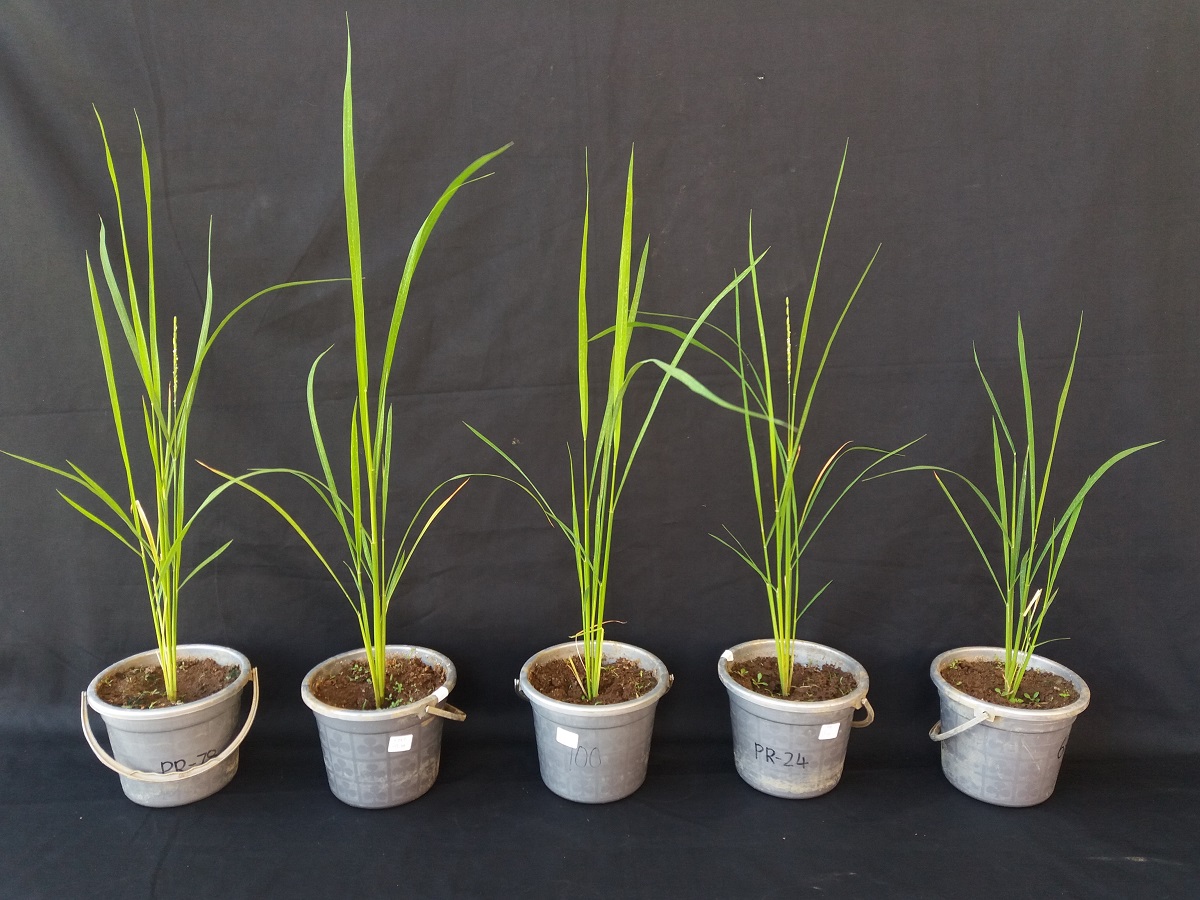
Scientists Explored the Use of CRISPR-Cas9 to Improve Kitaake Rice
December 4, 2019| |
Scientists from Universitas Gadjah Mada and Research and Development Center for Biotechnology and Genetic Resources, Indonesia aimed to increase food supply in less land by developing a superior rice cultivar using CRISPR-Cas9 method. They targeted to mutate the GA20ox-2 gene to boost yield and drought tolerance. The results are published in Agricultural Science journal.
The researchers obtained non-transgenic mutant plants (non Cas9 and hpt genes), to study the GA20ox-2 gene expression levels, and investigate the tolerance levels of the CRISPR-Cas9-OsGA20ox-2 mutant lines 'Kitaake' T2 generation under drought conditions. Generating 20 non-transgenic plants, the expression levels of Cas9 and hpt genes ranged from 0 to 50%. DNA mutations, through the deletion of 44 bases and insertion of two bases were transcribed into RNA. The transcription resulted in fewer amino acids, compared to the wild type, leading to varied phenotypic expressions. One of the mutant lines exhibited shorter height and leaf length, but this did not reduce the yield potential of the crop or improved tolerance to drought.
Read the abstract in Agricultural Science Journal of Universitas Gadjah Mada.
| |
You might also like:
- CRISPR-Cas9-mediated Editing Reveals a Major Role of a SUMO Protease in Rice Salt Tolerance
- Web Portal Established to Speed up Genetic Research in Plants
- Pocket K No. 54: Plant Breeding Innovation: CRISPR-Cas9
Biotech Updates is a weekly newsletter of ISAAA, a not-for-profit organization. It is distributed for free to over 22,000 subscribers worldwide to inform them about the key developments in biosciences, especially in biotechnology. Your support will help us in our mission to feed the world with knowledge. You can help by donating as little as $10.
-
See more articles:
-
News from Around the World
- Engineering Self-fertilizing Plants to Reduce Environmental Footprint
- PopSci Hails Impossible Burger 2.0 as Most Important Engineering Innovation in 2019
- Scientists Discover How Sorghum Controls Genome to Survive Drought
- India Develops Drought Tolerant and Disease Resistant Chickpeas
- Asian Course Tackles Importance of Integrating Research, Effective Communication and Science-based Regulation in Agribiotech
- South Australia A Step Closer to Lifting GM Ban
- European Commission Authorizes 8 GM Products for Food and Feed Uses
- Field Trials Reveal Blight Resistant GM Potatoes
-
Research Highlights
- Brazilian Scientists Publish Most Complete Genome Sequence of Commercial Sugarcane
-
Plant
- Scientists Explored the Use of CRISPR-Cas9 to Improve Kitaake Rice
-
Read the latest: - Biotech Updates (November 12, 2025)
- Gene Editing Supplement (October 29, 2025)
- Gene Drive Supplement (February 22, 2023)
-
Subscribe to BU: - Share
- Tweet

